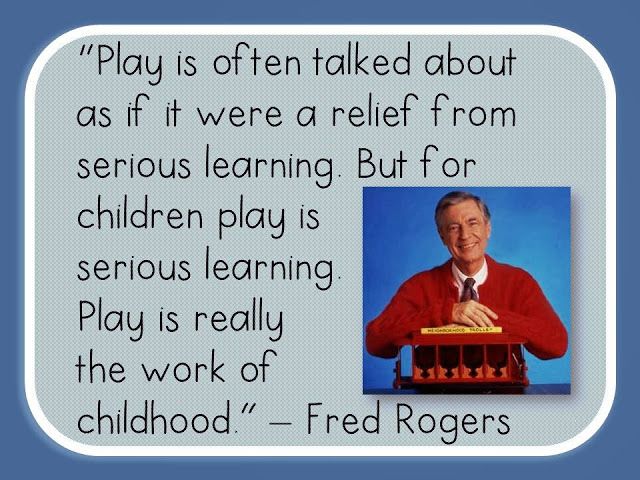5 Early Literacy Practices: PLAY

 Play is vital to a child’s growth and development. It not merely a tool to keep children busy during the day. During play, children “use their creativity while developing their imagination, dexterity, and physical, cognitive, and emotional strength.” (Importance of Play) Play encourages and promotes both healthy brain development as well as gross and fine motor skills.
Play is vital to a child’s growth and development. It not merely a tool to keep children busy during the day. During play, children “use their creativity while developing their imagination, dexterity, and physical, cognitive, and emotional strength.” (Importance of Play) Play encourages and promotes both healthy brain development as well as gross and fine motor skills.
My library has the distinct honor of being a Family Place Library which means we are required to have a play area for children and their parents/caregivers to visit. We have wooden blocks, a train table, some plastic animals, a doll house, kitchen with plastic food, and a bunch of transportation toys like cars, trucks, submarine, bus, tractor etc. We are also required to offer Parent-Child Workshops where families can come into the library for a play-based workshop which offers parents and kids to experience a number of developmentally appropriate toys to promote playing together. What’s interesting is that some parents don’t know how to play with kids – what questions to ask, what to do, how to do it, so our play area and workshop allows us, as professionals, to demonstrate how to play. I spend a little bit of time during the day playing with kids at the library, showing parents the joy children have when you get down on their level and really interact.
Our toy area as well as our workshop also promotes a certain “type” of toy. We purposely don’t buy toys that have lots of flashing lights, sounds, and batteries. Our toys require kids and adults to work hard to play with them, stretching their imagination, figuring out how things can work differently and really getting into the nitty-gritty of playing. The library has become a meeting place for families as well as a location to learn about quality toys for young children and truly how to play with children in a safe setting.